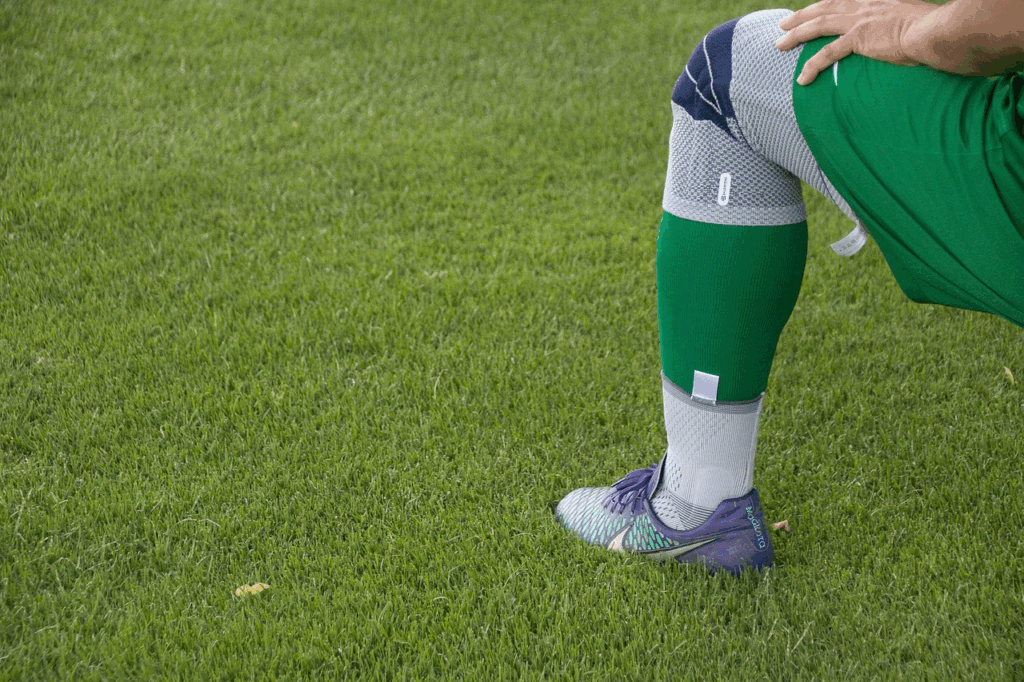Have you experienced an accident after already having a pre-existing medical condition? You likely have questions about how your injury claim will be influenced by this situation.
Here’s the thing…
Insurance companies prefer to exploit pre-existing conditions as a way to reduce or refuse compensation payouts. Insurance companies will exhaust every possible method to attribute your current pain and suffering to your previous medical history instead of the recent accident.
A pre-existing condition should not prevent you from receiving compensation for damages. Understanding your legal rights requires knowledge of how pre-existing conditions affect your claim and the actions you can take to protect yourself.
What You’ll Discover:
- What Are Pre-Existing Conditions?
- The “Eggshell Plaintiff” Rule Explained
- How Insurance Companies Use Pre-Existing Conditions Against You
- Documenting the Difference: Prior vs. New Injuries
- Legal Strategies for Claims with Pre-Existing Conditions
What Are Pre-Existing Conditions?
Pre-existing conditions refer to any medical problems or injuries that existed before your present accident happened. These can include:
- Previous back or neck injuries
- Arthritis or joint problems
- Degenerative disc disease
- Chronic pain conditions
- Prior surgeries
The prevalence of these medical conditions is unexpectedly high. Recent data reveals that between 50 and 129 million non-elderly Americans possess at least one pre-existing condition that potentially limits their health care access.
The fact that nearly one fifth of non-elderly individuals with pre-existing conditions lack insurance remains a critical obstacle for accident victims in need of medical care. Many accident victims find themselves working with a personal injury law firm in Little Rock to navigate the complexities of injury claims involving pre-existing conditions.
The “Eggshell Plaintiff” Rule Explained
Are you familiar with the legal term “eggshell plaintiff” rule? The “eggshell plaintiff” rule stands as an essential legal principle related to pre-existing conditions.
Here’s what it means:
The “eggshell plaintiff” rule requires that a defendant accept the plaintiff with their existing medical condition when determining liability for the injury. The at-fault party remains liable for all damages from the accident even if your pre-existing condition led to more serious injuries than someone without such a condition would have suffered.

For example:
- The driver who caused the accident bears financial responsibility for your exacerbated back pain due to degenerative disc disease even though someone without such a condition would likely have recovered rapidly from a similar minor collision.
- The defendant holds responsibility for any worsening of a previous knee injury that was symptom-free until the accident caused pain.
The rule ensures essential safeguards for individuals who have pre-existing medical conditions who suffer injuries from accidents. Individuals with health problems would lack legal remedies when accidents aggravate their conditions without this protection.
How Insurance Companies Use Pre-Existing Conditions Against You
We must face the fact that insurance companies operate against your interests. These companies work to limit their financial payouts while boosting their profits. Insurance companies deploy multiple strategies to lessen your compensation if you suffer from a pre-existing condition.
- The insurance company will argue that your current pain stems from your pre-existing condition rather than the accident itself.
- For extensive medical records requests they will search through your medical history spanning multiple years to find any documented similar symptoms.
- The insurance company selects doctors to perform “independent” medical exams that usually reduce the accident’s reported impact.
- The insurance company offers settlement amounts that are much lower than your claim’s actual value to provoke acceptance through desperation.
Documenting the Difference: Prior vs. New Injuries
Separating prior medical conditions from current injuries poses a significant challenge for injury claim cases. Your case heavily depends on this distinction between old and new injuries because proper documentation determines the success of your claim.
These steps will help you demonstrate the difference between your existing medical condition and injuries acquired from the accident.
Get Immediate Medical Attention
You should get medical help immediately after an accident regardless of how minor your injuries seem. Receiving medical treatment immediately after an accident establishes an unambiguous timeline that links your injuries directly to the incident.
Delaying medical attention after an accident lets insurance companies claim your injuries resulted from another cause or were a worsening of your pre-existing condition.
Be Completely Honest About Your Medical History
Here’s something many people get wrong…
Always disclose your pre-existing medical conditions to both your doctor and your attorney. You increase your case’s strength when you fully disclose your medical history.
- Your doctor should carefully record how your condition deteriorated after the accident.
- Your honesty prevents insurance companies from accusing you of deception.
- Your attorney needs time to prepare defenses against claims regarding your pre-existing condition.
Under the “eggshell plaintiff” rule you are protected because your pre-existing condition cannot cancel out the other party’s responsibility.
Request Comparative Medical Analysis
Ask your doctor to specifically document:
- Your medical records must show the status of your pre-existing condition prior to the accident.
- The accident either worsened your condition or caused a change to your existing medical state.
- What medical symptoms and functional limitations emerged as a direct result of the accident
Detailed comparative analysis provides highly valuable evidence. The number of injury and illness cases reported by employers in private industry dropped to 2.6 million in 2023, marking an 8.4% decline from the previous year.
Legal Strategies for Claims with Pre-Existing Conditions
What steps should you take to successfully file an injury claim if you already have a pre-existing condition? These proven strategies will help you maximize the compensation you receive.
Get Expert Medical Testimony
The strongest evidence available in these cases stems from medical experts who can provide clear explanations:

- The nature of your pre-existing condition
- The accident specifically increased the severity of your pre-existing condition
- The medical evidence highlights the treatment needed because of the new injury which differs from what your pre-existing condition would require.
Expert testimony proves especially useful against insurance company doctors who usually diminish the influence of new injuries on existing medical conditions.
Use the “Aggravation” Approach
Instead of separating your pre-existing condition from your new injuries you should explain how the accident worsened your existing condition. This strategy validates your medical background yet maintains the at-fault party accountable for worsening your condition.
You need to show how your quality of life and ability to function changed after the accident.
Recent statistics show that nonfatal injuries and illnesses requiring days away from work totaled 946,500 cases in 2023 which represents a 20.1% reduction from the 2022 numbers.
Final Takeaways
You can still obtain fair compensation for your injuries despite having a pre-existing medical condition. Understanding how pre-existing conditions impact your claim requires collaboration with legal professionals experienced in handling complex cases.
Remember:
- The “eggshell plaintiff” rule protects you
- It is essential to properly document any distinctions between existing injuries and new ones.
- The outcome of your case often hinges on expert medical testimony.
- You should receive compensation if your condition deteriorates because of someone else’s careless actions.
When dealing with an injury claim involving pre-existing conditions you should not attempt to manage it by yourself. The appropriate strategies and approaches for these cases demand professionals who possess specialized knowledge and experience.
